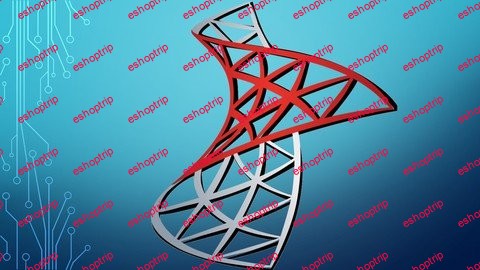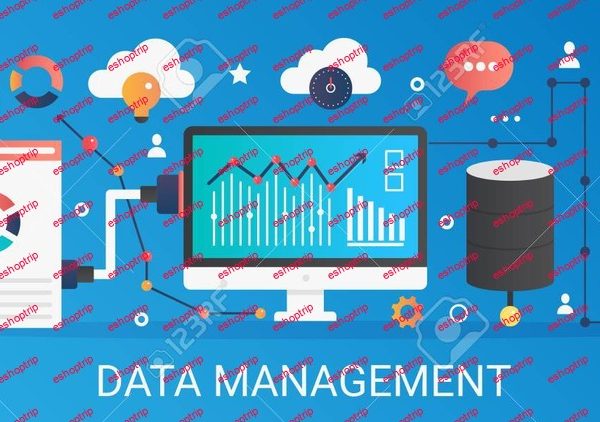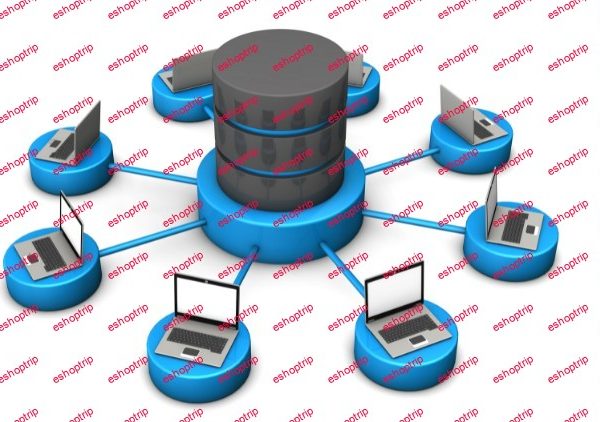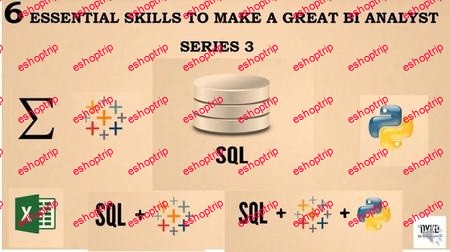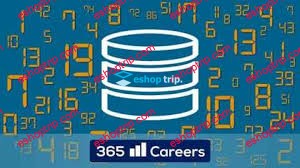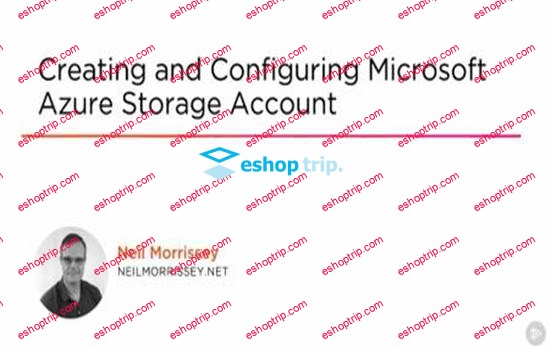Published 11/2024
MP4 | Video: h264, 1920×1080 | Audio: AAC, 44.1 KHz
Language: English | Size: 8.89 GB | Duration: 5h 38m
The most intuitive and practical way to learn DynamoDB
What you’ll learn
DynamoDB is powerful yet complex; finding a clear, complete guide can be overwhelming.
Simplifying DynamoDB terms—Partitioning, Keys, LSI, GSI, WCU, RCU, and Access Patterns.
Data modeling is crucial in DynamoDB; this course helps you get it right for your needs.
I spent a year mastering DynamoDB; with this course, you’ll gain that knowledge in days.
Requirements
This course deal with the practical examples of how to use DynamoDB with NodeJS. So students are expects to atleast know the basics of NodeJS
Description
I’m a self-taught Web Developer with a background in the MERN stack. In 2020, I set a personal challenge to dive into the AWS serverless ecosystem. I was excited to start learning tools like Lambda, DynamoDB, and API Gateway, thinking that it would take me only a month or two to get a solid grasp. I assumed there would be plenty of resources to help me speed up my learning—guides, tutorials, even detailed courses. But I quickly discovered that there were very few clear resources available, and even the AWS documentation was surprisingly difficult to navigate and often left me with more questions than answers.Over the course of a year, I pushed through, figuring things out piece by piece. Most of my time was spent trying to understand DynamoDB, which was not only complex but came with unique challenges around data modeling, partitioning, and managing access patterns. I felt like I was constantly hitting roadblocks with no straightforward guide to follow.That’s why I created this course: to share my journey and offer a comprehensive, practical guide to DynamoDB. What took me a year to learn, you’ll be able to understand in just a few days, bypassing the frustrations I encountered and gaining a clear path to mastery.
Overview
Section 1: Introduction
Lecture 1 Welcome to this course
Section 2: Precursor
Lecture 2 Before you proceed
Lecture 3 A short intro to the module
Lecture 4 History of Databases
Lecture 5 Problems with SQL and why we need NoSQL
Lecture 6 CAP theorem
Lecture 7 Dynamo Paper
Lecture 8 Basics of Entity Relationship Model
Lecture 9 References
Section 3: Basics of DynamoDB
Lecture 10 What is DynamoDB?
Lecture 11 Instances, Managed services, Serverless
Lecture 12 How DynamoDB works internally
Lecture 13 Throughput in DynamoDB – WCU and RCU
Lecture 14 Pricing structure in DynamoDB
Lecture 15 References
Section 4: All about Keys
Lecture 16 Introduction
Lecture 17 Creating DynamoDB Table in Web Console
Lecture 18 Keys in DynamoDB
Lecture 19 Query vs Scan
Lecture 20 Secondary Index – LSI & GSI
Lecture 21 Documentation and setting up Credentials
Lecture 22 References
Section 5: All about Attributes
Lecture 23 Create Table with JavaScript SDK
Lecture 24 Upload Item with SDK
Lecture 25 Attributes and Projection Expression
Lecture 26 Reserved Keywords and Expression Attribute Name
Lecture 27 More examples – Expression Attribute Name
Lecture 28 Condition Expression
Lecture 29 References
Lecture 30 Updating and Filtering
Section 6: Modelling with DynamoDB
Lecture 31 Limits in DynamoDB
Lecture 32 Filtering Strategies
Lecture 33 How to model Spotify in DynamoDB?
Lecture 34 Modelling YouTube Comment Box
Lecture 35 Single Table Design – use it or avoid it?
Lecture 36 References
Section 7: Batch operations in DynamoDB
Lecture 37 Upload CSV file with BatchWriteItem
Lecture 38 Pagination
Lecture 39 References
Section 8: Advanced concepts
Lecture 40 Introduction to Batch Operation
Lecture 41 BatchGetItem Demo
Lecture 42 Time to Live – TTL
Lecture 43 PartiQL
Lecture 44 Backup + Point in Time Recovery (PITR)
Lecture 45 Global Tables
Lecture 46 What is DAX?
Lecture 47 You have reached at the end
Lecture 48 References
Section 9: Additional Information
Lecture 49 Dynobase – Browser for DynamoDB
Lecture 50 Using Serverless framework for deployment + DynamoDB streams
Lecture 51 References
This course is for anyone who is generally curios about DynamoDB or want to use it as a database in their AWS serverless environment
Homepage



